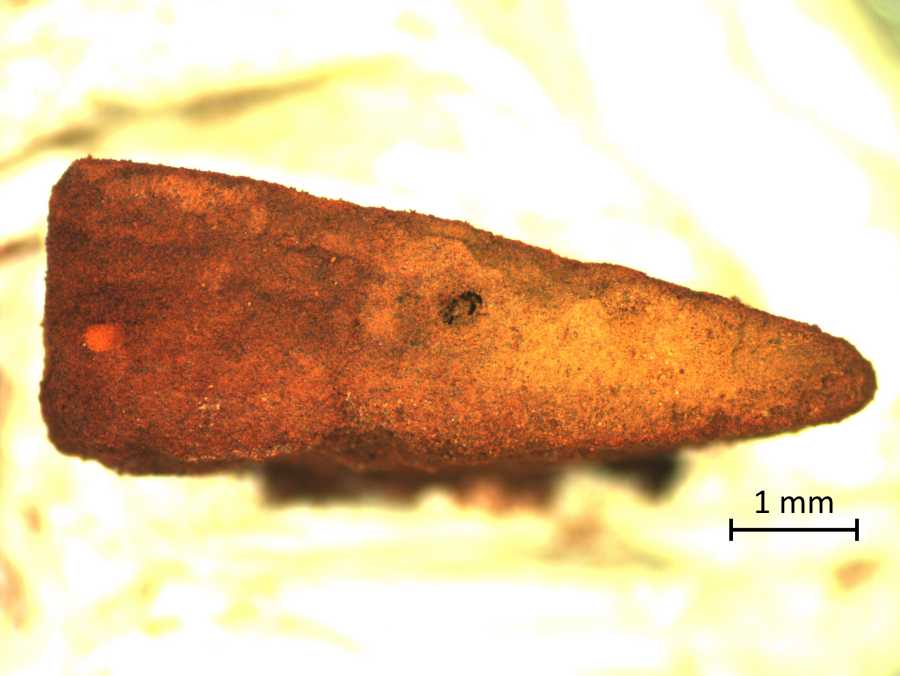Laboratory Studies
Refining methods of soil incubation
To this day, most geochemistry laboratory studies cannot capture the complexity of a natural sample, including mineral composition, natural buffers, and soil biota. The IRMIDYN team is now modifying laboratory experiments to better simulate the natural environment. Specifically, we are employing 57Fe stable isotope and 57Fe Mössbauer Spectroscopy to investigate the transformation of iron minerals in microcosms incubated with different redox-active soils and sediments.
Iron and sulfur cycling
Iron and sulfur are both common in soils and have behaviour that is strongly influenced by reduction-oxidation dynamics. Since sulfur is associated with iron in many of our field sites, the IRMIDYN team is interested in understanding the interaction of iron and sulfur in soils and sediments. We are undertaking experiments to understand the formation of iron sufide minerals in soils, pathways of iron sulfide mineral transformations, the role of sulfide as a reductant of iron in soils and sediments, and the stability of jarosite as a pool of sulfate in acid sulfate soils.
Oxidation of iron minerals
As well as the well-studied ferric minerals, ferrous minerals such as siderite and vivianite are also important components of the natural iron cycle. These minerals are redox sensitive and their oxidation may be coupled to the reduction of various contaminants/potentially toxic elements such as Cr(VI), or produce highly reactive oxygen species that can facilitate the breakdown of recalcitrant contaminants including chlorinated ethylenes.
To develop a better understanding of the transformations of these often-forgotten minerals, during this project we are investigating the stability of siderite under oxic conditions in the lab and the stability of both siderite and vivianite in-situ in our field sites in the Wadden Sea.
Substitution and mineral structure
Depending on the geochemistry in the environment, iron can be substituted by other elements in the crystal structure of various iron minerals. The structural incorporation alters mineral structure and thus can have direct influence on the mineral’s reactivity and associated element cycles. Currently, Joëlle is studying how magnesium and manganese compete for structural incorporation at varying salinity in the ferrous phosphate mineral vivianite. A series of substituted vivianite is illustrated here. Andrew is testing the impact of aluminium substitution on the stability of jarosite. Using X-ray diffraction and X-Ray, Mössbauer, and Raman spectroscopy, we interrogate how impurities affect the biogeochemistry of iron minerals.
Interactions of C, P and Si with ferrihydrite (Katrin, Joëlle, Laurel)
In soils and sediments, ferrihydrite is in close contact with organic matter, phosphorus, and silicate and other nutrients and contaminants. Therefore, Joëlle, Laurel and Katrin study how these components influence the reactivity and transformation products of ferrihydrite. They conduct experiments in laboratory model systems and at our field sites in Germany (tidal flats), Thailand (rice paddy soils) and Iceland (peat soils).
Templating and redox cycling of iron
In anoxic or suboxic environments, electron transfer between aqueous Fe(II) and Fe(III) minerals catalyzes iron mineral transformation and recrystallization processes. While the coexistence of iron minerals is common in nature, it remains unclear how coexisting minerals influence Fe(II)-catalyzed ferrihydrite transformation. We are using multiple stable Fe isotopes to follow the fate of Fe atoms from different pools to unravel the role of coexisting minerals in Fe(II)-catalyzed transformation.
Lepidocrocite stability and transformation
In redoximorphic soils and sediments, lepidocrocite (γ-FeO(OH)) is abundant and interacts with numerous contaminant and nutrient cycles. The bright orange iron mineral is often found around root channels or worm holes, where iron oxidation frequently happens. Under reducing conditions, lepidocrocite can be subject to microbial reductive dissolution and transformation to other iron minerals. The latter is induced by the presence of ferrous iron (Fe(II)) and dissolved sulfide species (H2S, HS-) under reducing soil conditions. Compared to other iron (oxy)hydroxides, such as ferrihydrite or goethite, lepidocrocite remains less studied, especially in soil and sediment environments. Therefore, Giulia and Katrin are aiming at understanding lepidocrocite dynamics in natural systems better, by exploring lepidocrocite stability and transformations at our field sites in the Wadden Sea and in Thailand.




